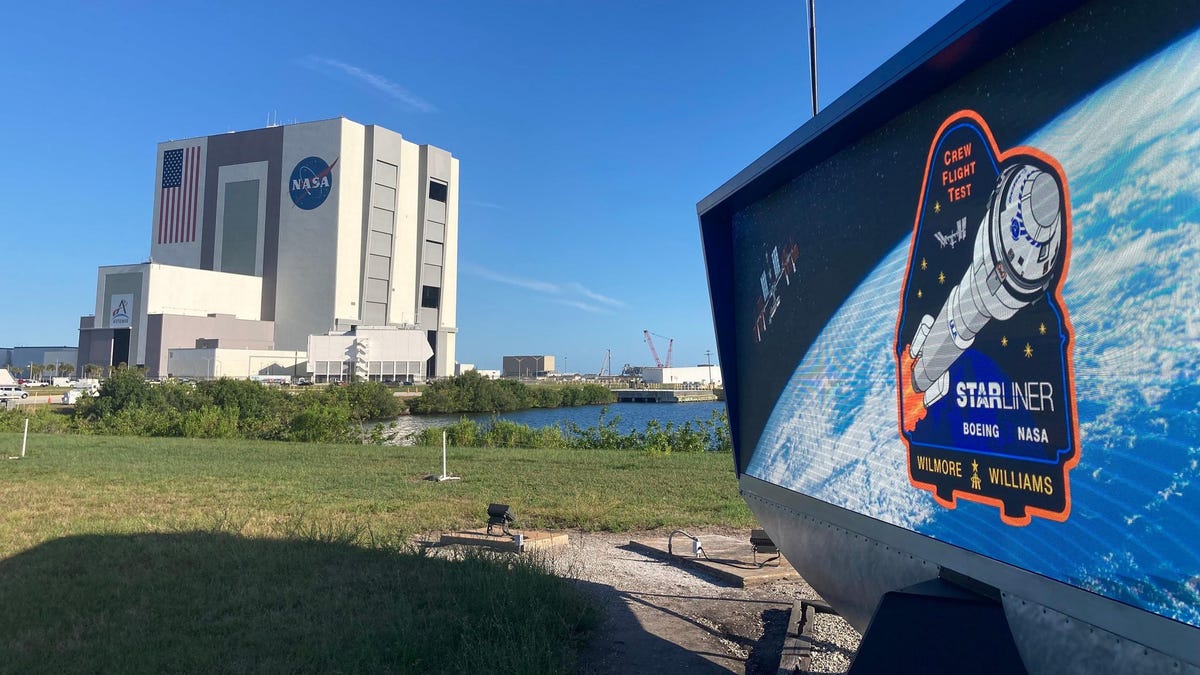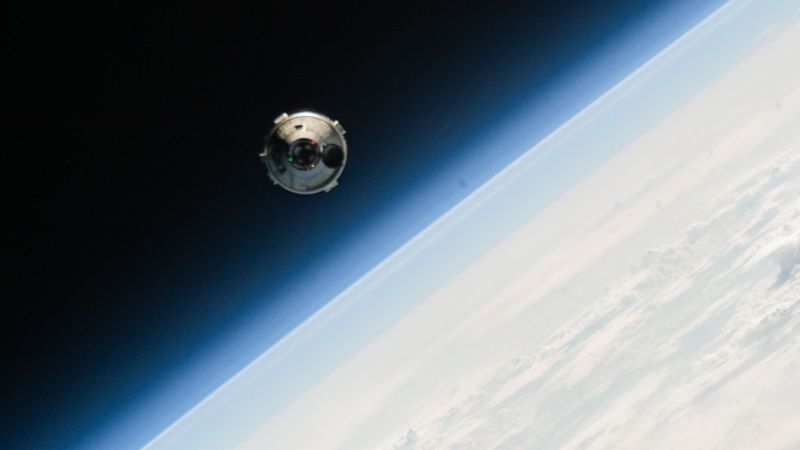
Boeing's Starliner spacecraft, which was expected to mark a significant achievement by transporting two NASA astronauts on a round trip to the International Space Station, has encountered unexpected issues during its maiden crewed flight. The spacecraft, which suffered from helium leaks and thruster malfunctions during its approach to the ISS, is currently docked at the station with astronauts Suni Williams and Butch Wilmore on board. NASA and Boeing officials have confirmed that the astronauts will return to Earth on June 26, extending their stay at the ISS beyond the originally planned date of June 14.
The Starliner spacecraft has experienced several technical issues during its mission. Four of five failed thrusters have been resolved, but one remains offline and engineers have decided against attempting further repairs. Additionally, persistent helium leaks in the propulsion system continue to be a concern for NASA and Boeing officials.
Despite these challenges, there is no reason to believe that Starliner will not be able to bring the astronauts back home safely. The spacecraft has 28 thrusters overall, so a single one malfunctioning will not affect its ability to undock from the ISS or fail to set the two astronauts on the correct path back to Earth.
Engineers are working diligently to understand the root causes of these issues and ensure that they are fully resolved before Starliner flies again. NASA's Commercial Crew Program Manager, Steve Stich, has stated that no decision has been made regarding whether to stick to the original schedule for Starliner's first operational mission, which could take place as early as 2025.
The extended stay at the ISS provides an opportunity for Williams and Wilmore to contribute to ongoing research efforts aboard the station while engineers continue their analysis of telemetry data from Starliner. The astronauts are also assisting with various tasks, including spacewalks and EVA (extravehicular activity) operations, which are dependent on each other in the schedule.
Boeing has sought to frame the mission as a success and learning opportunity despite these unplanned issues. The company intends to 'fully eliminate' both the helium system performance and thruster issues before Starliner flies again.




